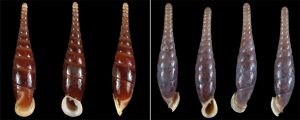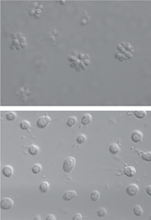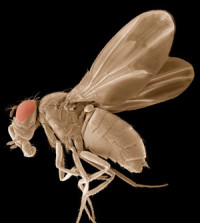“In a difficult Spending Round, at a time of great economic challenge, we congratulate [Osborne] on maintaining investment in science and research,” said Ted Bianco, acting director of the Wellcome Trust, in a statement. Others were less optimistic. The flat R&D budget “adds real risk and difficulty,” warns Mark Downs, chief executive of the Society of Biology.
In a 26 June speech in London, Osborne said that the 2015 and 2016 science budget will be set at £4.6 billion a year—a level it hasn’t budged from since 2010. However, new money will be freed up for science infrastructure: a cool £1.1 billion a year until 2016 that nearly doubles the capital spending earmarked in the last spending review. The “huge investment” from the Department for Business, Innovation and Skills recognizes the enormous strength science brings to the modern economy, Osborne declared.
Handed lemons, the country’s top scientists are courageously making lemonade. In light of steep cuts that other government agencies must absorb, a stable R&D budget “is excellent news for the whole science community and we look forward to hearing how the investment will be used to meet the needs of our world-leading research teams,” said Peter Knight, president of The Institute of Physics in London, in a statement. Lesley Yellowlees, president of the Royal Society of Chemistry in London, added that the investment is proof that the government has heeded the science community’s calls for protecting research.
After the government’s comprehensive spending review slashed science infrastructure spending by 25% in 2010, British science has had to make do with piecemeal funding for major initiatives such as high performance computing, synthetic biology, and advance materials. The new spending document offers a call out to “high-priority projects” such as the Synergistic Air-Breathing Rocket Engine, a hypersonic, precooled engine for the United Kingdom’s new spaceplane, and a supercomputer for weather forecasters.
Rules require that capital funds are spent on hardware or bricks and mortar, not on research. Because the budget allocated by research councils for R&D isn’t going up while inflation is, that means fewer and smaller grants will be awarded in 2015 and 2016. The review also leaves the United Kingdom languishing in seventh place among G8 nations in R&D spending as a proportion of gross domestic product (GDP); its 0.6% tops only Italy. “A commitment from all sides of the debate to raise total government investment in science to the EU average of 0.7% of GDP, by the end of the next Parliament, would set Britain on the path for science-fuelled growth,” Yellowlees said.


 TORONTO, CANADA—The Bank of Canada has issued an apology for expunging an Asian-looking scientist from a new $100 banknote after some Canadians objected to the figure. The bank’s governor said that the bank will review the design process for new currency in light of the ensuing public outcry.
TORONTO, CANADA—The Bank of Canada has issued an apology for expunging an Asian-looking scientist from a new $100 banknote after some Canadians objected to the figure. The bank’s governor said that the bank will review the design process for new currency in light of the ensuing public outcry.


